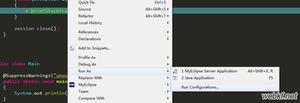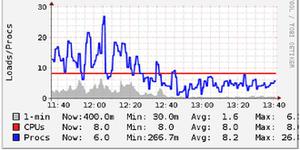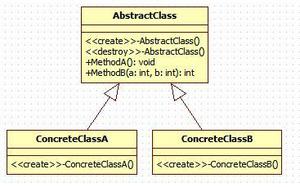common-lisp 条件表达式
示例
条件表达式可以使用~[和来完成~]。表达式的子句使用分隔~;。
默认情况下,~[从参数列表中获取一个整数,然后选择相应的子句。子句从零开始。
(format t "~@{~[First clause~;Second clause~;Third clause~;Fourth clause~]~%~}" 0 1 2 3)
; First clause
; Second clause
; Third clause
; Fourth clause
最后一个子句可以用分隔,~:;以使其成为其他条款。
(format t "~@{~[First clause~;Second clause~;Third clause~:;Too high!~]~%~}" 0 1 2 3 4 5)
; First clause
; Second clause
; Third clause
; Too high!
; Too high!
; Too high!
如果条件表达式以开头~:[,则它将期望使用广义布尔值而不是整数。它只能有两个子句。如果布尔值为,则打印第一个,如果为真NIL,则打印第二个子句。
(format t "~@{~:[False!~;True!~]~%~}" t nil 10 "Foo" '())
; True!
; False!
; True!
; True!
; False!
如果条件表达式以开头~@[,则只有一个子句,如果输入(广义布尔值)为真,则将打印该子句。如果布尔值是真实的,则布尔值将不会被消耗。
(format t "~@{~@[~s is truthy!~%~]~}" t nil 10 "Foo" '())
; T is truthy!
; 10 is truthy!
; "Foo" is truthy!
以上是 common-lisp 条件表达式 的全部内容, 来源链接: utcz.com/z/326280.html








